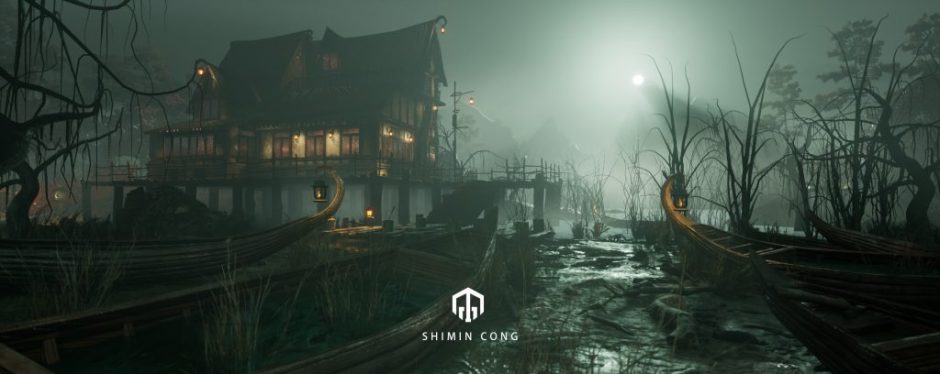Revising Styled Walk
Through this Wednesday’s course, I learned a new way to adjust the movement curve, in the graphic editor. For example, the overall adjustment of the movement. In addition, for the detailed adjustment of the action, we can also observe the motion path of the joint. It can also use Maya’s motion trail function through plug-ins. Observe and modify the actions of the character.


From the teacher’s feedback, two mistakes were summarized. The first is that my skip animation does not include the rotation of the head.
The other is that the movement distance between the two frames is too large.
How to deal with it?
First, viewing the movement path of each part of the character through Arc tracker, CV trail and motion trail.
Arc tracker

CV trail

Motion trail

Observing the movement paths of these joints, we can find that there is no problem with the movement of the character. Its movement path is not smooth. We need to fine-tune this. The following is the movement path of the foot controller after adjustment.

In addition to the smoothing motion path, I also added the rotation of the X axis of the head and exaggerated the movement of some joints.
The result is as the follow:

Render farm
In the practice of using human farms, I have a question. The question is if I assign a texture to the model, does the image rendered by the render farm retain the texture.
The result is that the texture is lost, and the rendered image is only the model rendering after removing the texture. The process is as follows:
First of all, I followed the course on Wednesday and successfully got the rendered test product quickly in the deadline plugin. This process proves that pipline is correct. Then I added normal map, basecolor map and roughness map to the floor. The rendering results are as follows:

However, after rendering in render farm I get the follow video
Extra work
At other times this week, I practiced the lighting system in Unreal 4. And try to design the lighting scene.
First find a picture of a cyberpunk car as a style reference.

Through analysis, we need a car model, a character, a wet ground, and a background that may appear. After quickly downloading the car and character models on the Internet, start making.
MIxer
I made a wet road in the mixer.

By hiding the layer, export 2 different materials. Its purpose is to be able to mix materials in Unreal 4 to get random ground textures.
Unreal 4
Then enter unreal 4 to determine the composition and assign the model material.

Observation found that there will be a lot of pure black in the dark parts of the car and the characters, which will lose a lot of details. Therefore, I tried lighting for the car and the character.

In this step, the background is too simple. Therefore, I changed the background lighting and added clouds and buildings on this basis.

After the final detail adjustment, the rendering results are as follows:

Through making project tests, I successfully learned how to use the lighting system in Unreal 4.
